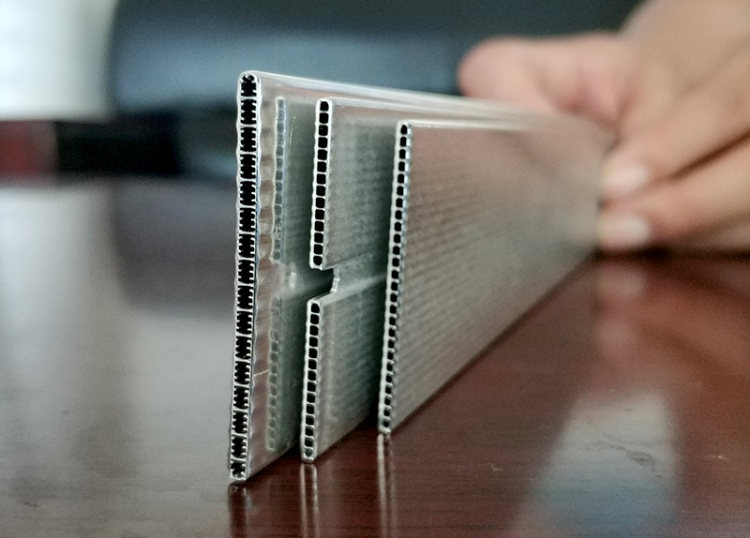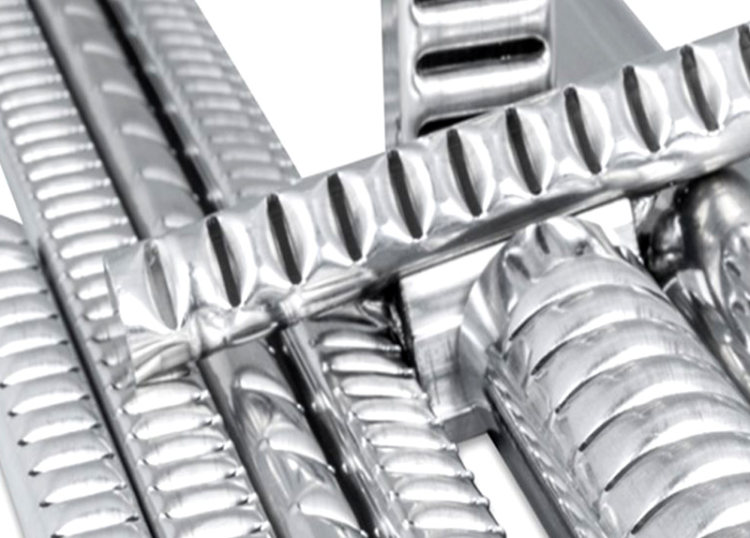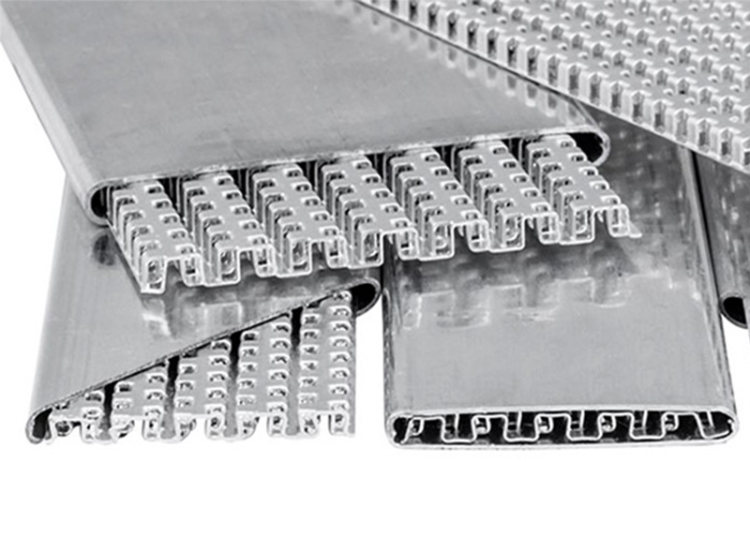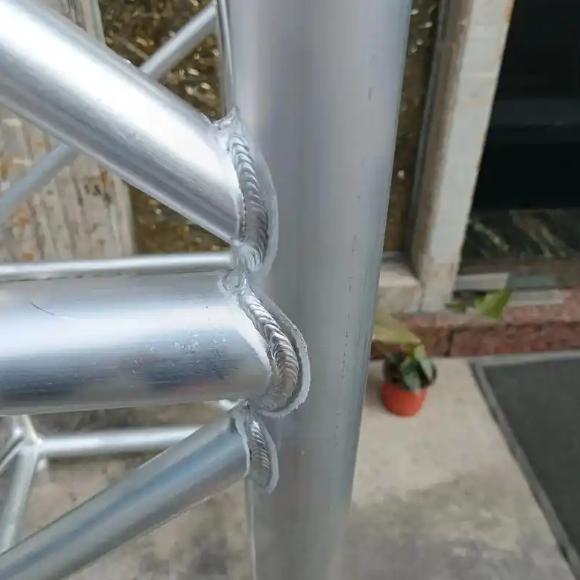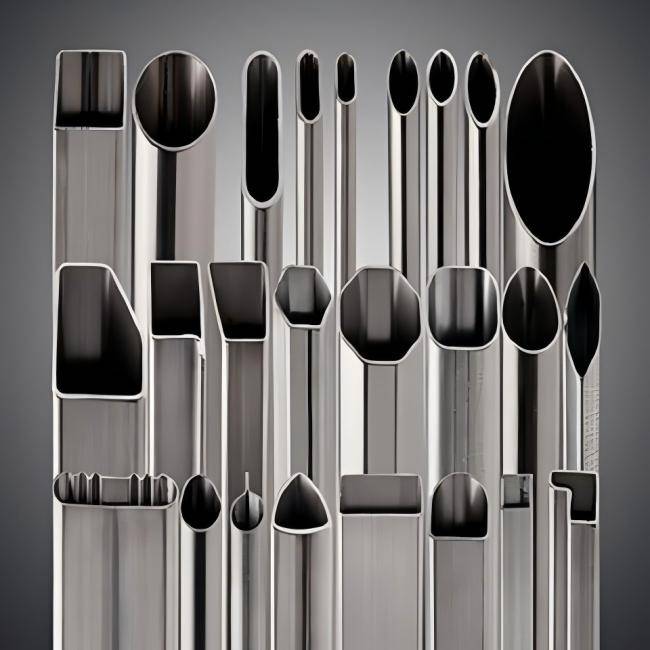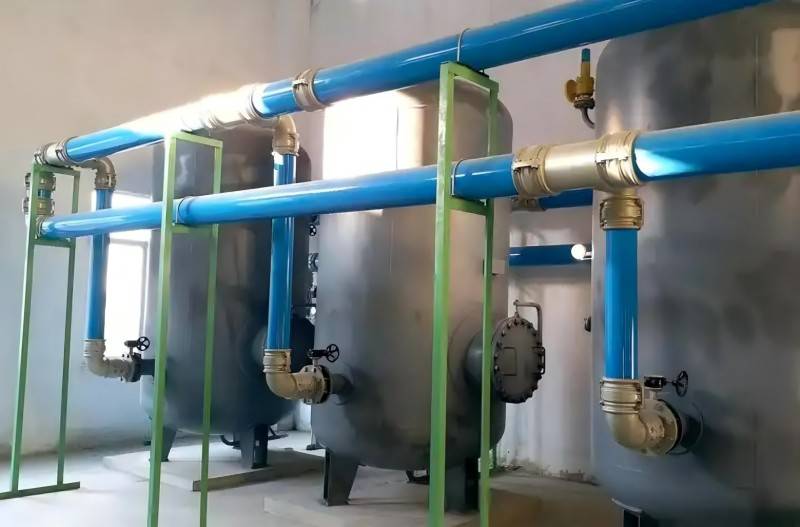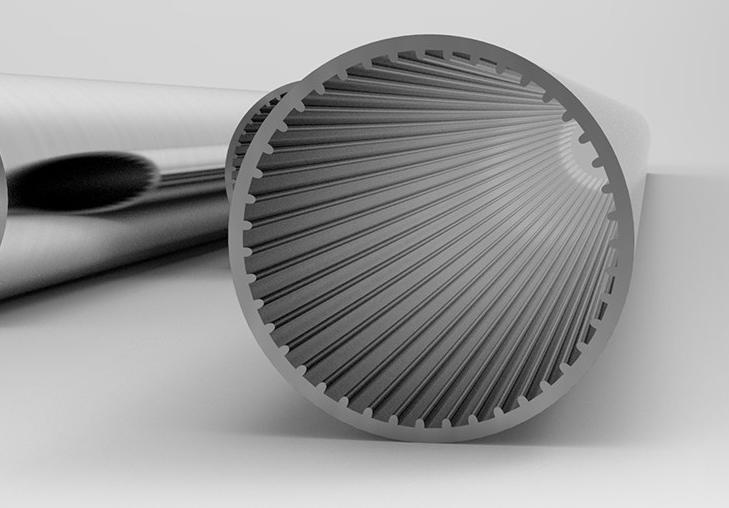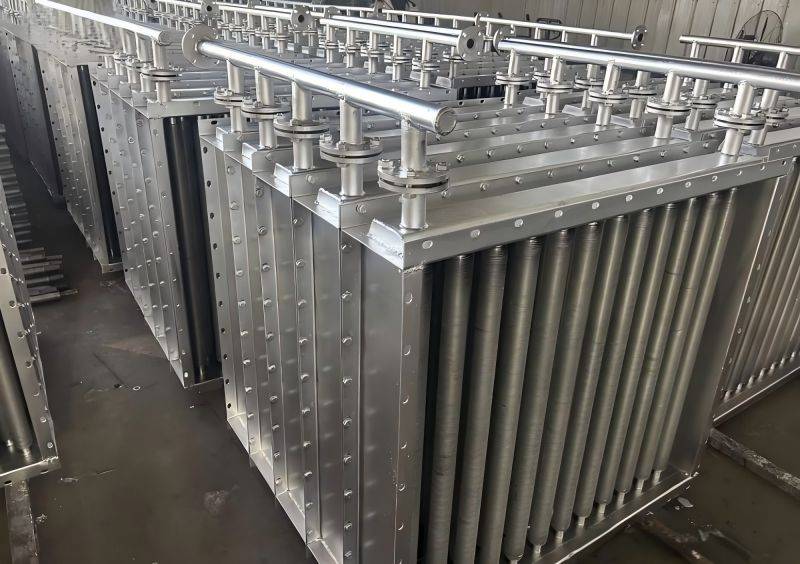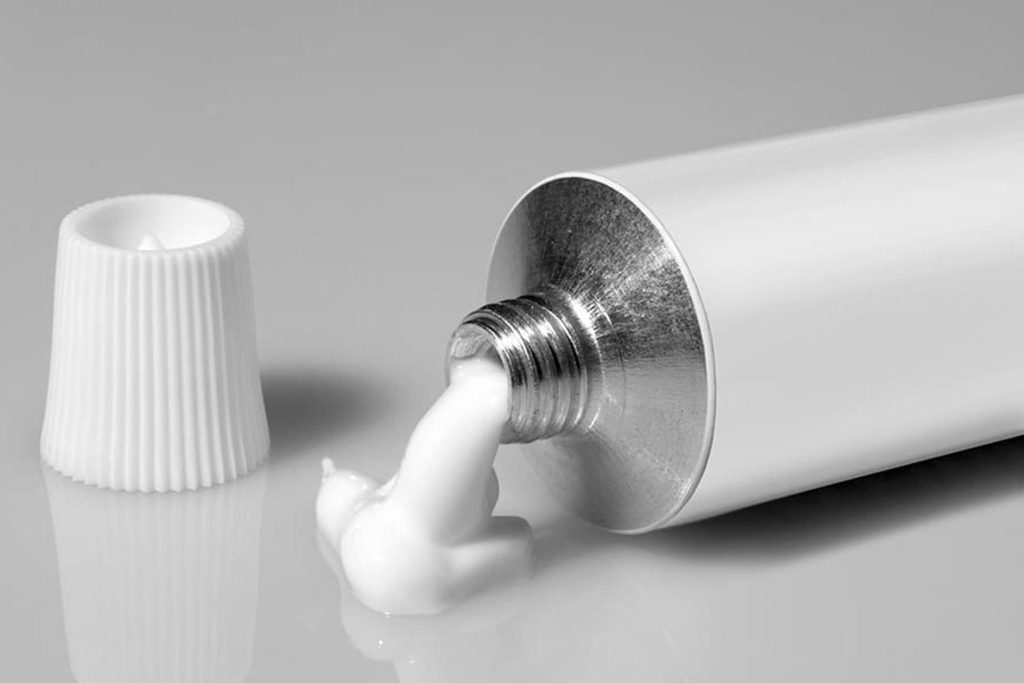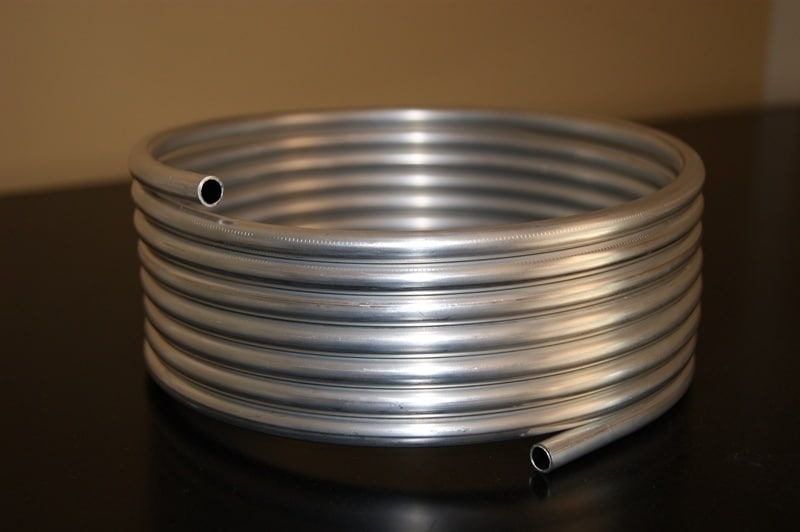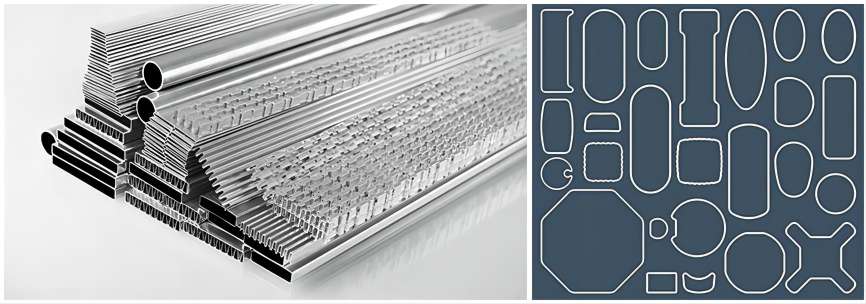Microchannel aluminum tubes are a new type of refrigerant carrier pipe that is widely used in automotive air conditioning systems. They are made of aluminum alloy and have a very thin wall thickness and a large number of microchannels inside. This unique structure gives microchannel aluminum tubes a number of advantages over traditional copper tubes, including higher heat transfer efficiency, lighter weight, and better corrosion resistance.
Microchannel aluminum tubes were first developed in the 1990s and were initially only used in high-end luxury cars. However, in recent years, they have become increasingly popular in mainstream vehicles due to their many advantages. Today, microchannel aluminum tubes are used in a wide range of automotive air conditioning systems, including condensers, evaporators, and radiators.
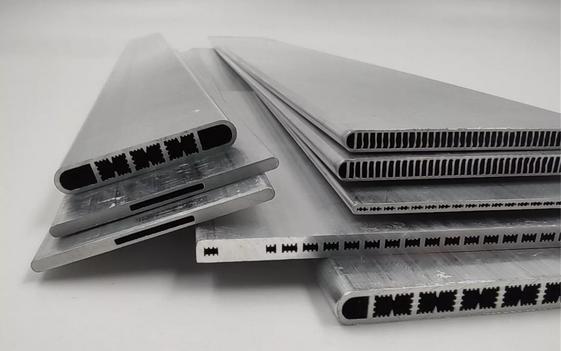
Key Technologies of Microchannel Aluminum Tubes
The production of microchannel aluminum tubes is a very challenging process due to the high technical content and difficulty involved. The key technologies required for the production of microchannel aluminum tubes include:
- Ultra-high extrusion ratio: The extrusion ratio is the ratio of the cross-sectional area of the material before hot extrusion to the cross-sectional area after hot extrusion. In general, the extrusion ratio is between 8 and 50 times. However, the extrusion ratio of microchannel aluminum tubes is as high as 400 times or more, which is 8 times higher than the limit for aluminum extrusion.
- Ultra-high dimensional accuracy: The dimensional accuracy of microchannel aluminum tubes is much higher than the national standard for hot-extruded aluminum tubes. According to the national standard, the dimensional tolerance for a typical 16mm wide tube is ±0.3mm. However, the dimensional tolerance for microchannel aluminum tubes is ±0.03mm, and in some cases it needs to be increased to ±0.01 to ±0.02mm.
- Gas tightness: A microchannel heat exchanger typically contains 50 to 150 microchannel aluminum tubes. If one of the tubes has a gas tightness defect (such as a gas hole or inclusion), the entire air conditioner will be scrapped. Therefore, the quality standard is measured in PPM (parts per million), with a target of 15 PPM or less.
- High-quality bar material: The minimum wall thickness of microchannel aluminum tubes is only 0.13mm. If the casting material purity and hydrogen content do not meet the requirements, even a very small gas hole or inclusion can cause the thin wall of the microchannel aluminum tube to leak. Therefore, high-purity refined bar material with a hydrogen content of ≤0.09% must be used.
- Surface zinc spraying technology: Microchannel aluminum tubes contain refrigerant media inside and are exposed to atmospheric corrosion outside. This makes them susceptible to leakage due to pitting corrosion. Therefore, a thin layer of zinc must be sprayed on the outer surface to protect the pipe wall from corrosion. To date, there are no domestic manufacturers that can provide qualified zinc spraying equipment, and only a few international manufacturers can provide it.
- In-line inspection and testing technology: Due to the high technical difficulty and challenges of microchannel aluminum tubes, it is critical to use scientific and effective in-line inspection and testing methods to promptly identify defective products during production.
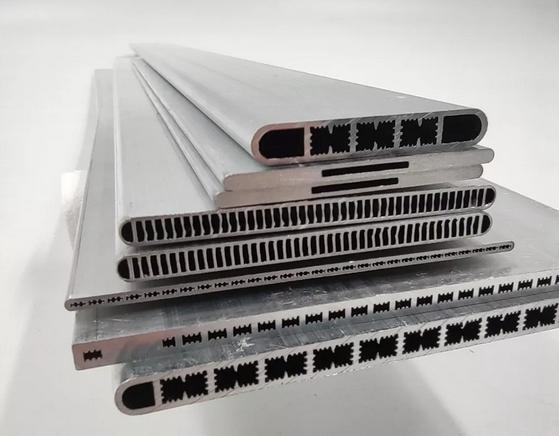
Benefits of Microchannel Aluminum Tubes
Microchannel aluminum tubes offer a number of benefits over traditional copper tubes in automotive air conditioning systems, including:
- Higher heat transfer efficiency: The microchannel structure of microchannel aluminum tubes provides a larger surface area for heat transfer, resulting in higher heat transfer efficiency. This can help to improve the cooling performance of the air conditioning system and reduce fuel consumption.
- Lighter weight: Microchannel aluminum tubes are much lighter than copper tubes. This can help to reduce the overall weight of the vehicle and improve fuel efficiency.
- Better corrosion resistance: Microchannel aluminum tubes are more corrosion resistant than copper tubes, which can help to extend the life of the air conditioning system.
- Lower cost: The cost of microchannel aluminum tubes has been decreasing in recent years, making them more affordable for use in mainstream vehicles.
Conclusion
Microchannel aluminum tubes are a key component of next-generation automotive air conditioning systems. They offer a number of advantages over traditional copper tubes, including higher heat transfer efficiency, lighter weight, better corrosion resistance, and lower cost. As the technology continues to develop and the cost of microchannel aluminum tubes continues to decline, their application in automotive air conditioning systems is expected to increase further.

